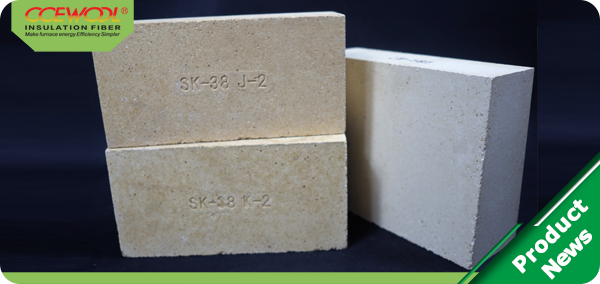
Dec. 26, 2016
The principle of the incinerator is the burning of coal, fuel, gas and other fuels, the objects to be treated at high temperature burning carbonization, in order to achieve the purpose of disinfection.

The structure of incinerator refractory brick can be divided into insulation brick, regular refractory bricks, high temperature refractory bricks, motors, and glass fiber and castable. Insulation brick is lightweight brick, close to the incinerator shell. The regular refractory bricks in the lower part of the straight section, partly used in concert with insulation brick, partly used closed to the incinerator quenching tank parts (shown in Figure part 3). High-temperature refractory brick (shown in Figure part 2) is located in the upper section of the straight section, used in concert with insulation bricks (shown in Figure part 1). Motor is not only used as binder for insulation bricks and refractory bricks, but also motor is used as adhesion between insulation bricks (or refractory bricks) and the shell; fiber bulk as the filling cotton in the mouth and refractory brick gap, castable is for repairing damaged incinerators used refractory bricks.
Dimensions of refractory bricks for incineration furnace: H0, H6 section (top and bottom of incinerator) there is no corrosion; H1, H2 section (lower part of the straight tube) corrosion is relatively light; H3, H4, H5 (straight tube section of the upper) have obvious corrosion occurred. H5-H6 section (on the vertebral body) is the most corrosive area. According to production experience, the thickness of the sodium salt attached to the furnace brick is about 30mm; the maximum corrosion thickness of refractory bricks in the above measurement points is 70mm. Refractory brick manufacturing thickness is 230mm; the overall thickness of the refractory brick is more than that. Especially in the installation of H5 and H6 between the locations of the wastewater nozzle, the thickness of the refractory brick is 20cm.
Next week we will continue to introduce incinerator used refractory bricks in various parts of the corrosion situation and its technical indicators. CCEWOOL refractory bricks have over 40 years production experience. Manufactured according to ASTM & JIS standards. According to different applications and industry sectors to provide a full range of fire-resistant insulation materials and solutions.
